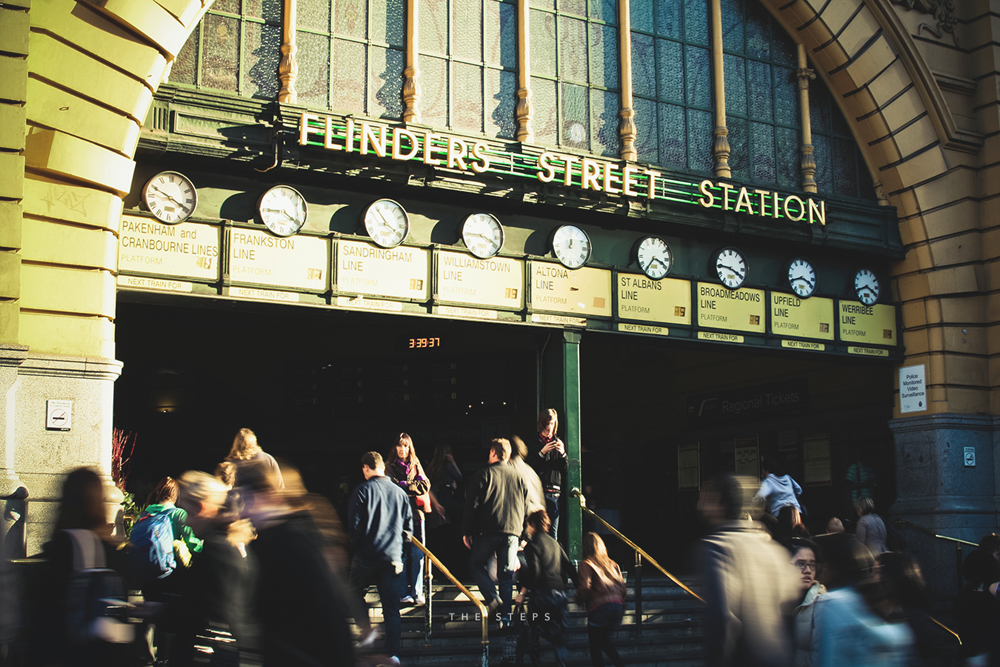
This is precisely what Gehl’s team have been trying to do in São Paulo where, since the end of the dictatorship in the 1980s, urban planning has taken a back seat to sprawl. By bringing the neighbourhood’s human faces out on to the street, on to ground level, cities are also made safer, he suggests. Photograph: Gehl Architectsįor Søholt it’s also about opening buildings up, “so you can actually look into buildings and see other people – the opposite of gated communities”. Gehl has re-imagined public spaces in New York. Practice partner Søholt puts forward one way of improving a city’s liveability: “Mix the city and assemble the people rather than dispersing them.” In direct opposition to the modernist school of architecture which Gehl graduated into, with its “system-oriented thinking … separate the areas: industrial quarter, cultural quarters, living quarters”, lively cities are, in this vision, ones in which each neighbourhood offers access to all the necessary social infrastructure: access to health, to school facilities, to workplaces. Most of the criteria for assessing a space’s quality – Gehl cites 12, including protection against unpleasant sensory experiences and invitations for visual contact – come from the human body and the human senses: “How we move, how our senses work, why homo sapiens like to stay in the corner where you can see the whole space.” There might be differences around the world, he concedes, but there are many more similarities “based on the species we are”. His firm has worked on projects in cities all over the world, including: developing downtown areas in rapidly sprawling São Paolo creating cycling opportunities in 20-million strong Mexico City reclaiming public space for a majority Palestinian refugee population in an area of eastern Amman developing the UK’s first shared-space street in Brighton, re-imagining the use of space in New York’s Times Square, and opening Moscow up for pedestrians.

These ideas, Gehl firmly believes, can be applied universally, bending to each new city or neighbourhood challenge – be that recent conflict, climate or unfettered urban sprawl.

Members of Gehl’s Copenhagen firm, established in 2000 with one of his students, Helle Søholt, recite them like mantras: conversations are infected with enthusiasm and built around words such as “liveability”, “liveliness” and “density”. These methods and principles, developed and refined since the 1960s, are “readily available to be used to make existing cities and new developments much better”. This data is used as a baseline for recommendations on how to improve the liveability of the city or neighbourhood in question. The basic idea is to count how many people are in a space, then determine how they are using it. In 1965, in Siena, he and Ingrid drew up the first rudimentary “PSPL”: a public space/public life survey.


 0 kommentar(er)
0 kommentar(er)
